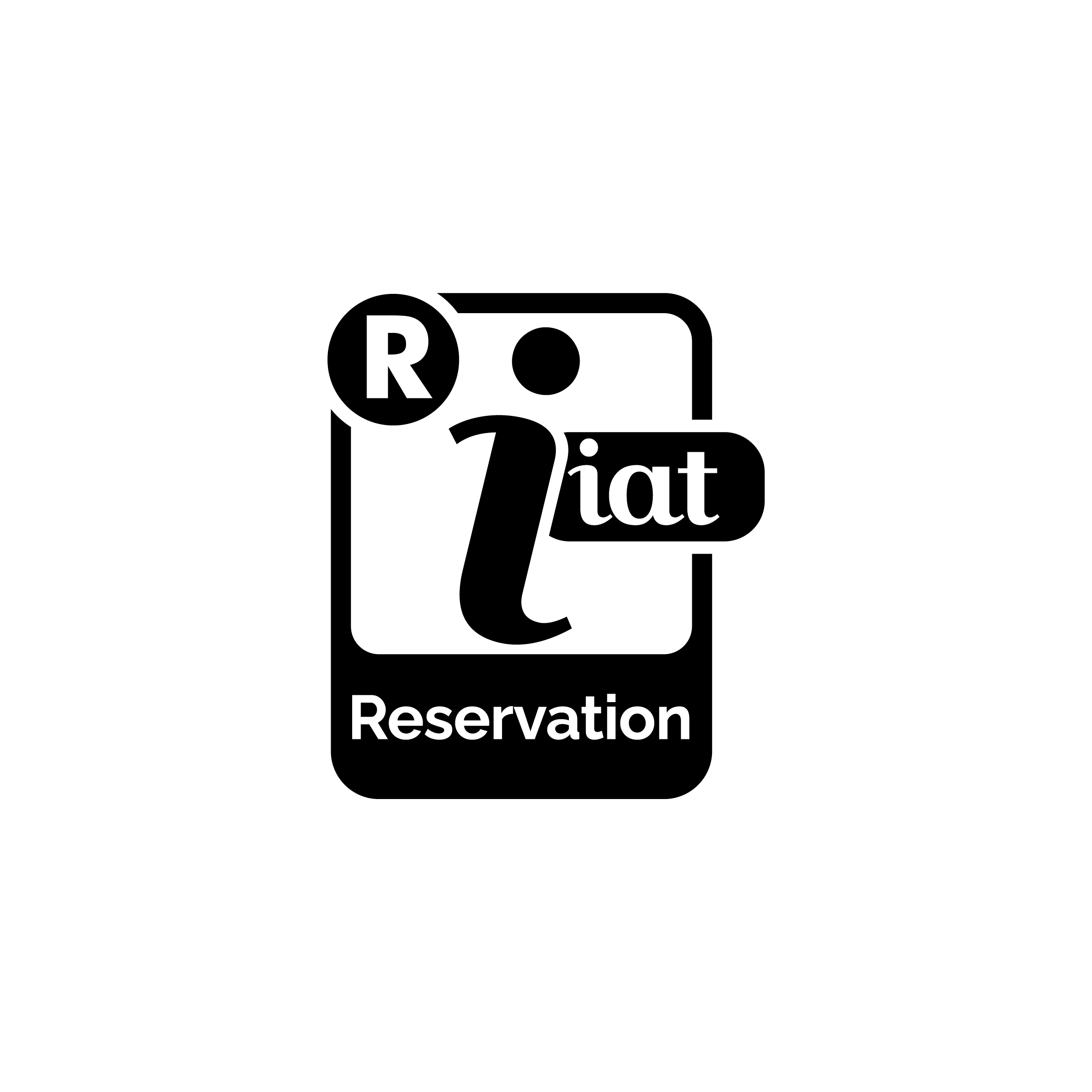The Villas' Path (La Via delle Ville)
This route is inserted into a complex system of paths and stream trails that round the city: the Crostolo Trail, one of the first paths to be created, represents today the place to be for Reggio people when it comes to relax and amuse themselves. Before starting this route, rent your bike at the Central Station and reach Piazza Gioberti, starting point of this route. After having discovered the "Delizie Estensi" (Estense's most beautiful buildings) there is a tasty surprise waiting for you!
Route details
Length: 15,45 km
Starting point: Piazza Gioberti
Route description
Palazzo Ducale (Dukes' Palace)
The route starts in Piazza Gioberti, where the Palazzo Ducale is located. Here also starts the Passeggiata Settecentesca (Eighteenth Century Walk), around 7km walk that goes around Reggio Emilia's city centre, reaching Reggia di Rivalta (Rivalta Royal Palace), through the River Crostolo Park. The circular fountain that rounds the obelisk highlights the Este's family taste for water-works, noticeable also in other Estense locations.
Chiesa del Cristo (Christ's Church)
Continuing along Corso Garibaldi, we arrive into another recently renovated square: Piazza Roversi, where the Chiesa del Cristo is located. The shallow water fountain in front of the church remembers that the Crostolo river used to flow here, before being diverted outside the city walls. Also the Basilica della Ghiara, located in Corso Garibaldi, takes its name from the "gièra", that in Reggiano dialect is the gravel, that was the main material into the riverbed.
Viale Umberto I
The Porta Castello crossroad connects the Passeggiata Settecentesca to the most important boulevard of the city: Viale Umberto I. Also here, the water element is present all along the route, from the snake-shaped Corso Garibaldi, the two monumental fountains located on the Viale Umberto I, until the ponds at the Reggia di Rivalta. To this day, there are still high trees into neat rows and from the pedestrians parallel roads at the sides of the main boulevard. The route continues until the Crostolo Bridge, where we can find two statues that belonged to the Villa Ducale: the Secchia Statue and the Panaro Statue, that with the Crostolo Statue (now located into Piazza Prampolini, the main city square), composed the three main rivers of the Modena and Reggio Dukedom.
Reggia di Rivalta (Palace of Rivalta)
We are now entering the main green area of Reggio Emilia: the Crostolo River Park, one of the most beloved parks of the city. A part of this park is also called "Parco delle Caprette" (Goat's Park), because of some pretty Tibetan goats located at the entrance of the park. A pleasant walk near the city river brings us to the Rivalta Palace, the marvelous country palace built by order of the Duke Frank III (Duca Francesco III d'Este) on behalf of the French Princess Charlotte Aglae d'Orléans. The villa, inspired by the Versailles Palace, had a U-shaped structure, with a noble part at the centre with lateral wings. After the decay of Este family, the palace was depredated and demolished during the Napoleon occupation, and nowadays we can see only a part of the palace, perhaps reserved to the servants.
Villa d'Este and Corbelli Pond
The path along the Crostolo River flanks the Rivaltella Villa and continues until Villa d'Este, where the palace and the adjacent lake were designed as holiday house for the Duke. These buildings were part of a much bigger project of a "Royal Compound" with the Rivalta Palace and its gardens. The Oval Pond of Corbelli gathered the necessary amount of water for the water-works of the Rivalta Palace, connected to this place with a piping system still existing today. At the turn, the pond was filled with the waters of the Crostolo river through a connecting canal, that originally was the only accessible way to the villa, entering the palace only with small boats. Today Villa d'Este is open to the public only for weddings and major events, but it is possible to walk around the pond and relax under the shadow of the big trees.
Villa Levi
From the Corbelli Pond (and Villa d'Este), we take Stradello delle Melmare, and after having crossed SS63 and CAI trail no. 646 D, we arrive in Parco delle Ginestre (Brooms Park). Continuing along the road and passing through Bosco della Cavalla (ancient road used for military deployment), we arrive in Villa Levi, one of the most singular villas of the local countryside, with a distinguished neoclassical taste. Since 1888, the villa has hosted Margherita Levi and, for some years, her husband the Baron Alberto Franchetti, from a noble Sephardic Jewish family. Their son, Baron Raimondo Franchetti, was the last great italian explorer in Africa. His hunting trophies and the findings from his journeys are now preserved into the City Museum (Palazzo dei Musei).
Villa Gastinelli
The route then continues flanking the Coviolo's cemetery main wall, and following the Via Fratelli Rosselli cycling path we arrive at the Consorzio Vacche Rosse Dairy Farm, place of that tasty surprise aforementioned! This is a dairy with a store where we can visit and see firsthand the whole process of Parmigiano-Reggiano creation, and of course taste and buy some fresh Parmigiano directly from the producers. On the left of the dairy farm, there is Villa Gastinelli, from the name of a Piedmont military general who moved here during the nineteenth century. From here, continuing on Via Fratelli Rosselli, we can reconnect onto the Crostolo cycling path, creating a ring road among the river parks and the most beatufiul villas of the countryside.





